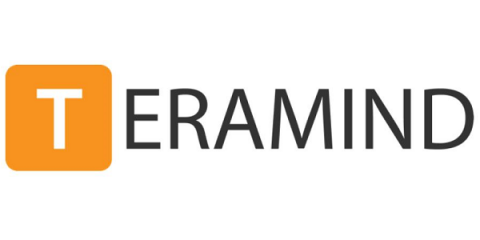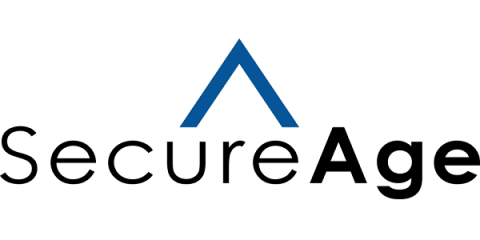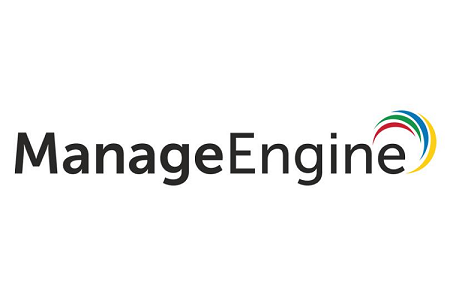Security | Threat Detection | Cyberattacks | DevSecOps | Compliance
Latest News
The Impact of Mobile Spyware on Endpoint Protection
The discovery of the Pegasus spyware demonstrated that no system is 100% secure or inaccessible, especially when it was discovered that this malicious program mainly affected iPhones.
CyRC Vulnerability Advisory: SQL injection, path traversal leading to arbitrary file deletion and XSS in Nagios XI
CVE-2021-33177, CVE-2021-33178, and CVE-2021-33179 are SQL injection, path traversal, and XSS vulnerabilities in the popular application, service, and network monitoring software Nagios XI.
No Regrets Using Autoregress
If you’re like me, you’ve occasionally found yourself staring at the Splunk search bar trying to decide how best to analyze a series of data, iterating against one or more fields. If your brain gravitates towards traditional programming syntax, the first thing that pops into your mind may be application of a for or while loop (neither of which follow Turing convention in SPL). With commands like stats, streamstats, eventstats, or foreach at your disposal, which one should a hunter use?
4 Cost-effective Cybersecurity Solutions to Enhance Your Defensive Posture Today
October is Cybersecurity Awareness Month, which means that companies are once again surveying the threat landscape. They can’t like what they see. By July 2021, threat actors attempted more than 304 million ransomware attacks, surpassing the 2020 total just halfway through the year. At the same time, the number of phishing scams is soaring, and the cost of a data breach is more expensive than ever before, reaching $4.24 million, according to the most recent industry study.
CDN Logs and Why You Need Them
A Content Delivery Network (CDN) is a distributed set of servers that are designed to get your web-based content into the hands of your users as fast as possible. CDNs produce CDN logs that can be analyzed, and this information is invaluable. Why? CDNs host servers all over the world and are designed to help you scale your traffic without maxing out your load balancers. A CDN also gives you added protection against many of the most common cyber attacks. This activity needs to be closely monitored.
48 Percent of UK businesses experience cyber breach during the pandemic
An overview of the MSP industry in terms of IT management and security
Enhance ADManager Plus security using the Product Security Hardening feature
Product Security Hardening is an option that has been added to ADManager Plus in version 7116. With this option, you can configure security-specific settings of ADManager Plus from a central location to strengthen its security.
2020 Was the Year of the Phish. Let's Make Sure 2021 Isn't a Sequel
2020 was the year of the phish. Well, not officially. According to the Chinese Zodiac, 2020 was the Year of the Rat. But if you look at it from a cyberattack trends perspective, plenty of third parties reported a huge uptick in phishing attacks during 2020. The SANS 2021 Top New Attacks and Threat Report points to both the Microsoft Digital Defense Report 2020 and the 2021 Data Breach Investigations Report as key sources that validate phishing as the most common initial compromise vector.











